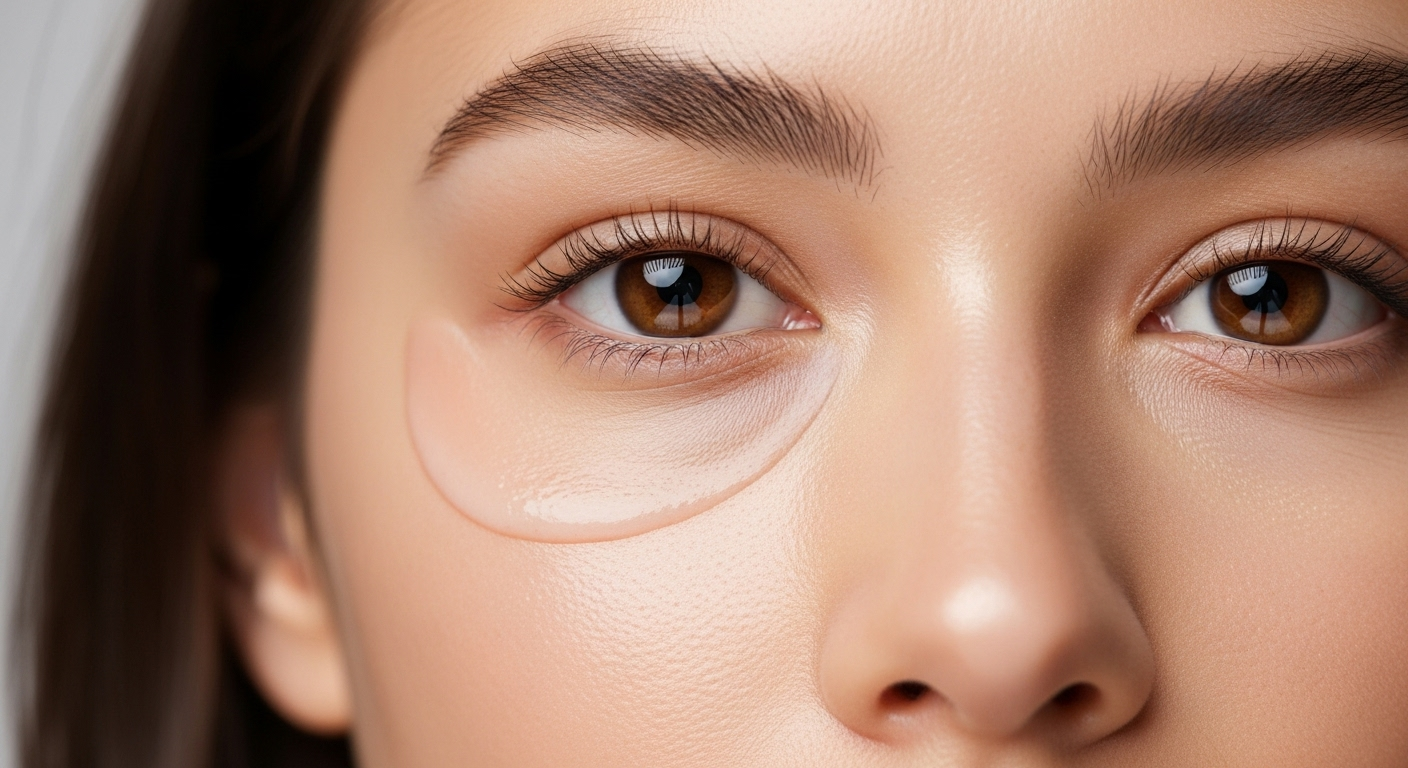Mastering the Art of Natural-Looking Makeup
Natural makeup has become a cornerstone of modern beauty, with countless individuals seeking to enhance their features without appearing overly made up. This approach to cosmetics emphasizes a fresh-faced, radiant look that appears effortless yet polished. The natural makeup trend has gained significant traction in recent years, partly due to the influence of social media and a growing emphasis on self-care and authenticity. As more people embrace their unique features, the demand for techniques and products that accentuate rather than mask has skyrocketed. This shift in beauty standards has led to a revolution in the cosmetics industry, with brands developing innovative formulas and tools designed to achieve that coveted "no-makeup makeup" look.

Throughout the 20th century, makeup trends oscillated between bold, dramatic looks and more subdued styles. The 1990s saw a resurgence of minimalist makeup, with supermodels like Kate Moss popularizing the “heroin chic” look characterized by barely-there makeup and a focus on skin texture. This laid the groundwork for the natural makeup trend we see today, which combines the minimalism of the 90s with advanced skincare knowledge and cutting-edge cosmetic technology.
The Science Behind Natural-Looking Makeup
Achieving a truly natural makeup look requires more than just using fewer products. It involves understanding color theory, skin types, and the interaction between various cosmetic formulations and the skin. One key aspect is matching foundation and concealer to the skin’s undertones, which can be warm, cool, or neutral. This ensures that base makeup blends seamlessly with the natural skin tone, creating an undetectable finish.
Another crucial element is the use of light-reflecting particles in products like highlighters and illuminating primers. These particles scatter light, creating the illusion of a natural glow from within. This effect mimics the way light interacts with healthy, well-hydrated skin, contributing to the fresh-faced appearance that is the hallmark of natural makeup.
Techniques for Achieving a Natural Look
Mastering natural-looking makeup requires a combination of technique and product selection. One fundamental approach is the “less is more” philosophy, which emphasizes using minimal product and building coverage only where necessary. This often involves spot-concealing blemishes or discoloration rather than applying a full layer of foundation across the entire face.
Blending is another critical skill in natural makeup application. Whether it’s foundation, blush, or eyeshadow, seamless blending ensures that there are no harsh lines or obvious demarcations between makeup and skin. Tools like beauty sponges and soft, fluffy brushes are essential for achieving this effect.
For eyes, techniques such as tight-lining (applying eyeliner to the upper waterline) can define the eyes without creating a visible line. Similarly, using brown mascara instead of black can enhance lashes without appearing too dramatic, especially for those with lighter hair colors.
The Role of Skincare in Natural Makeup
A key component of the natural makeup look is healthy, well-cared-for skin. In fact, many argue that good skincare is the foundation of natural-looking makeup. This has led to a rise in hybrid products that combine skincare benefits with cosmetic properties, such as tinted moisturizers with SPF and antioxidants.
Proper skin preparation, including cleansing, exfoliating, and moisturizing, creates a smooth canvas for makeup application. This allows for lighter coverage and enhances the skin’s natural radiance. Additionally, well-hydrated skin helps makeup adhere better and last longer, reducing the need for touch-ups throughout the day.
The Impact of Natural Makeup on the Beauty Industry
The popularity of natural-looking makeup has had a profound impact on the beauty industry. Many brands have shifted their focus to develop products that cater to this trend, such as sheer foundations, cream-based blushes, and multipurpose tints that can be used on lips, cheeks, and eyes.
This trend has also influenced packaging and marketing strategies. Brands are moving away from heavily retouched images in favor of more realistic representations of their products on diverse skin types and tones. This shift aligns with the broader movement towards inclusivity and authenticity in beauty advertising.
Moreover, the emphasis on natural beauty has sparked conversations about beauty standards and self-acceptance. Many consumers now view makeup as a tool for self-expression and enhancement rather than a means of conforming to societal ideals of beauty.
Challenges and Criticisms of the Natural Makeup Trend
While natural makeup has gained widespread popularity, it is not without its critics. Some argue that the trend sets unrealistic expectations, as achieving a “natural” look often requires significant skill and a variety of products. This can lead to frustration for those who struggle to replicate the effortless appearance seen in tutorials and advertisements.
Additionally, there are concerns that the natural makeup trend may inadvertently reinforce certain beauty standards, particularly those that prioritize clear, even-toned skin. This can be problematic for individuals with skin conditions or those who simply prefer more dramatic makeup styles.
Critics also point out that the term “natural” in beauty marketing can be misleading. Many products marketed as natural or clean may still contain synthetic ingredients or be heavily processed. This has led to calls for greater transparency in product labeling and formulation.
The Future of Natural Makeup
As the beauty industry continues to evolve, the natural makeup trend is likely to persist and adapt. Advancements in cosmetic technology may lead to even more sophisticated formulas that blur the line between skincare and makeup. We may see an increase in personalized beauty solutions, with AI and machine learning being used to create custom-blended products that perfectly match an individual’s skin tone and address specific concerns.
The growing awareness of environmental issues may also influence the future of natural makeup. Consumers are increasingly seeking sustainable and eco-friendly options, which could drive innovation in packaging and ingredient sourcing.
In conclusion, the art of natural-looking makeup represents a significant shift in beauty culture, emphasizing individual features and promoting a more inclusive definition of beauty. As techniques and products continue to evolve, this trend is likely to remain a dominant force in the cosmetics industry, shaping how we approach and perceive beauty in the years to come.




